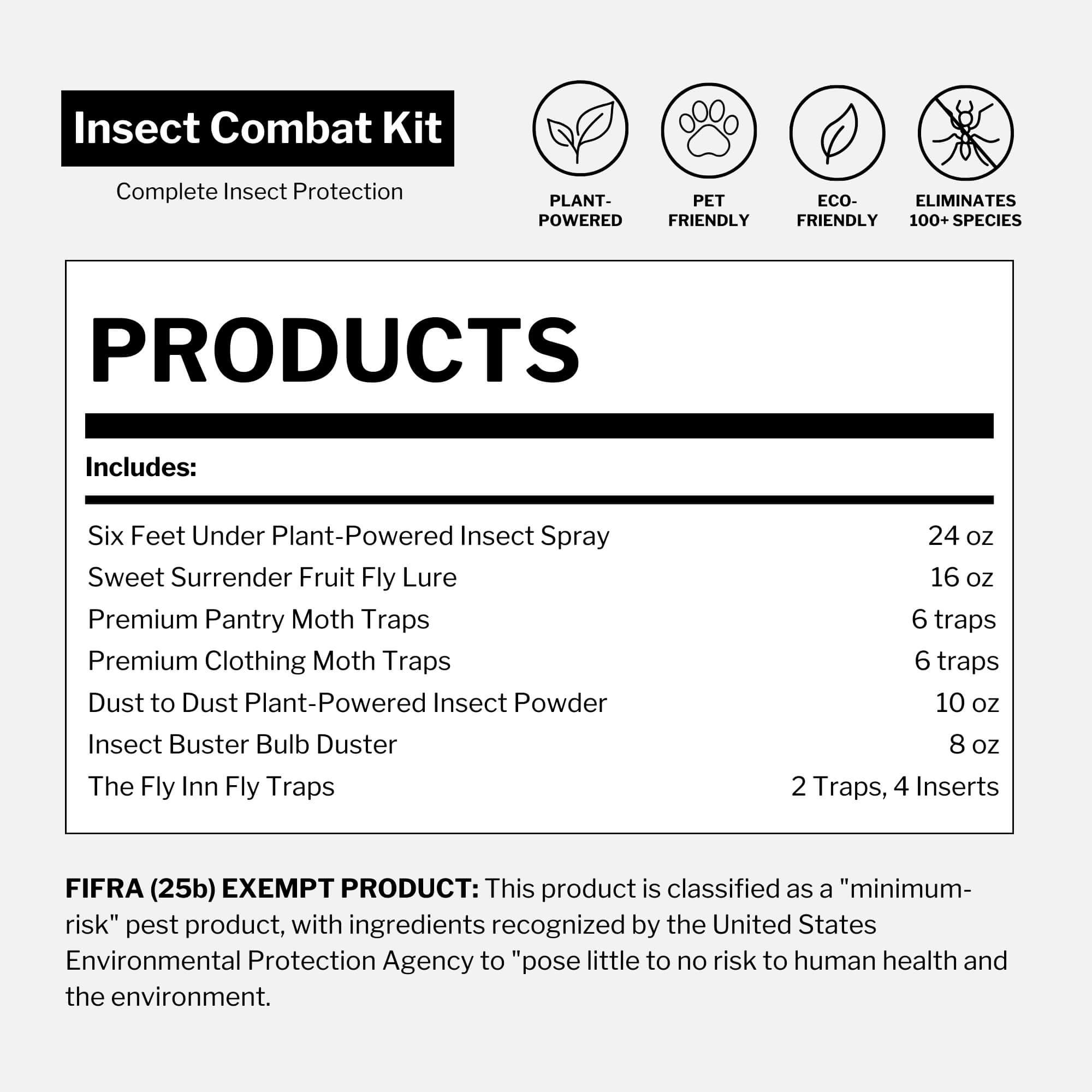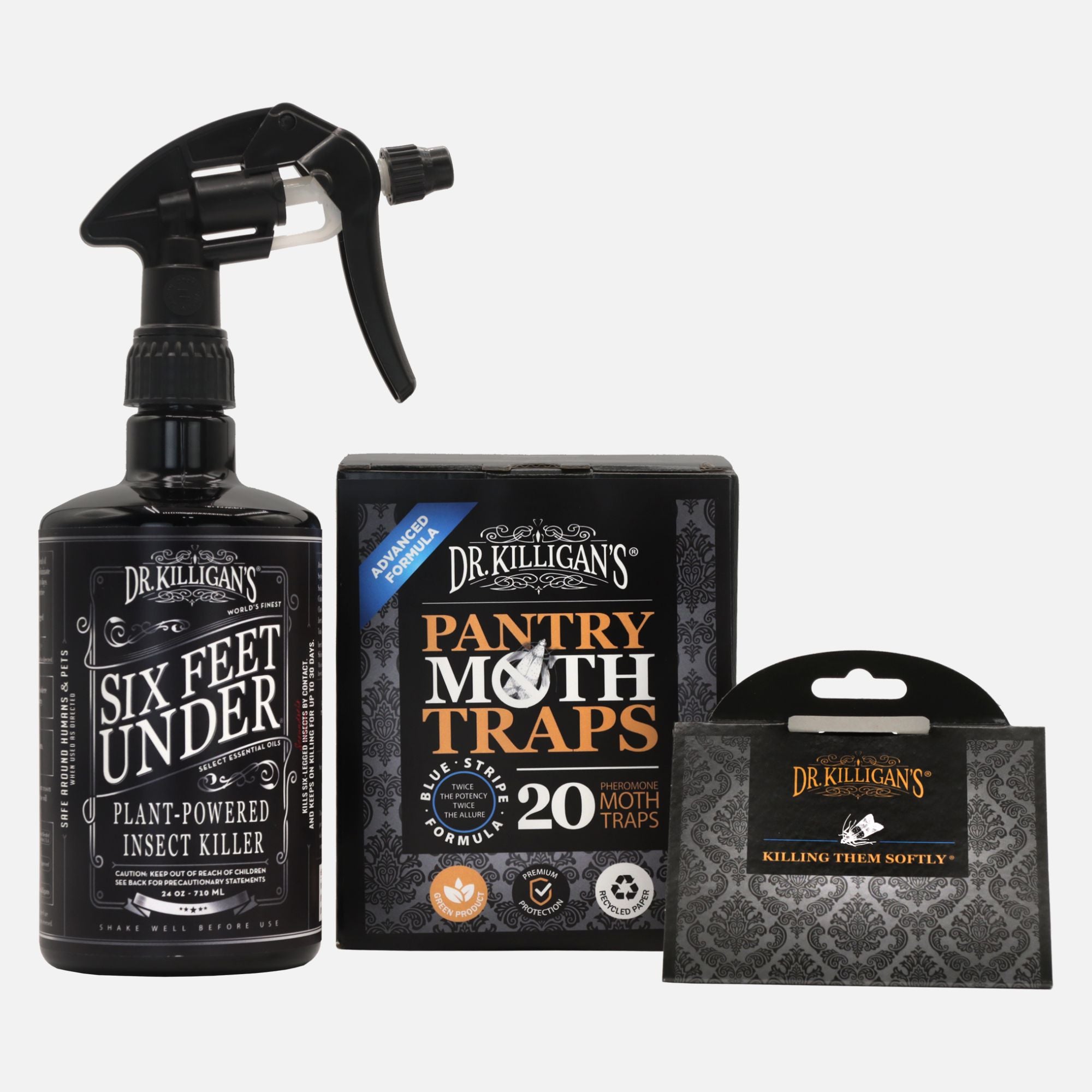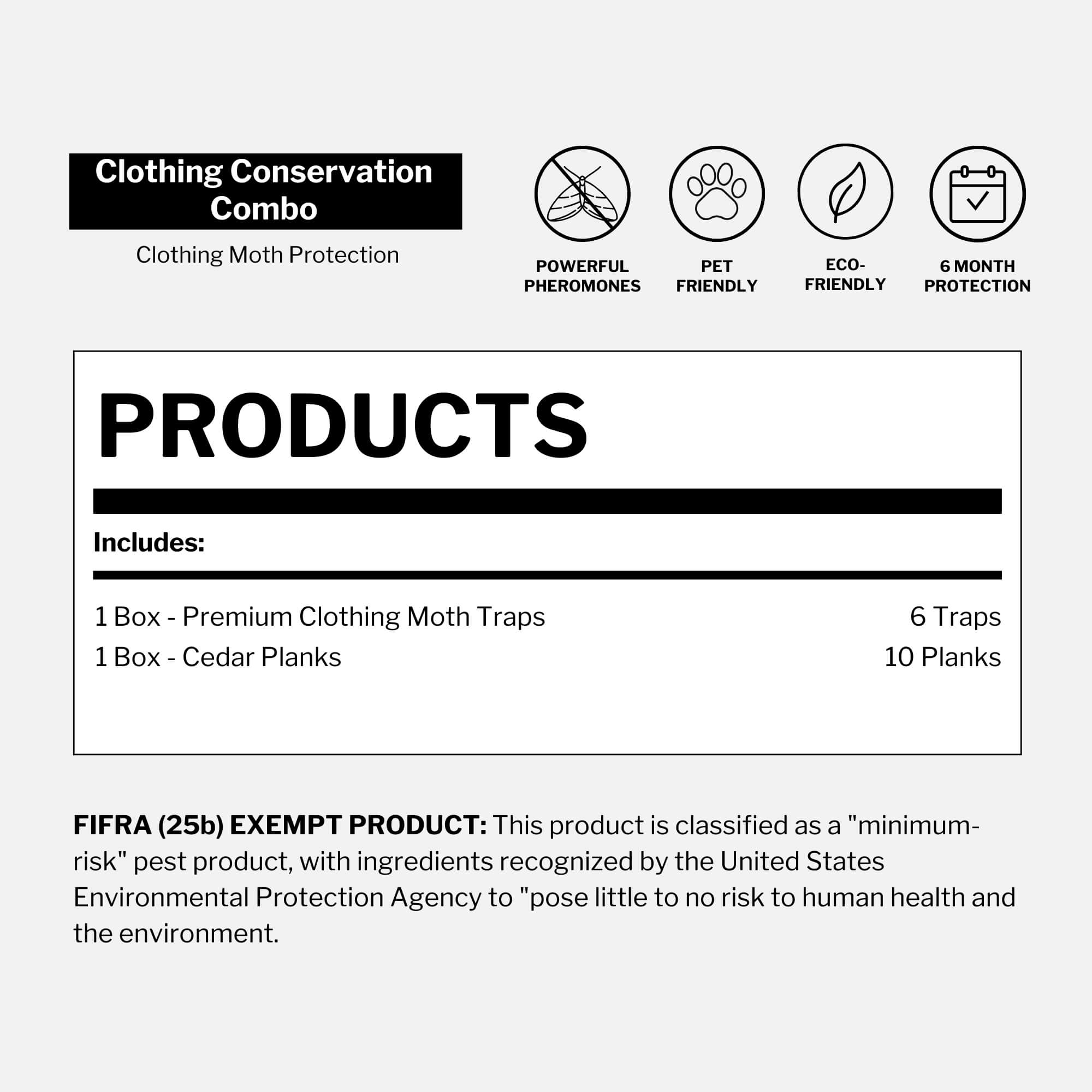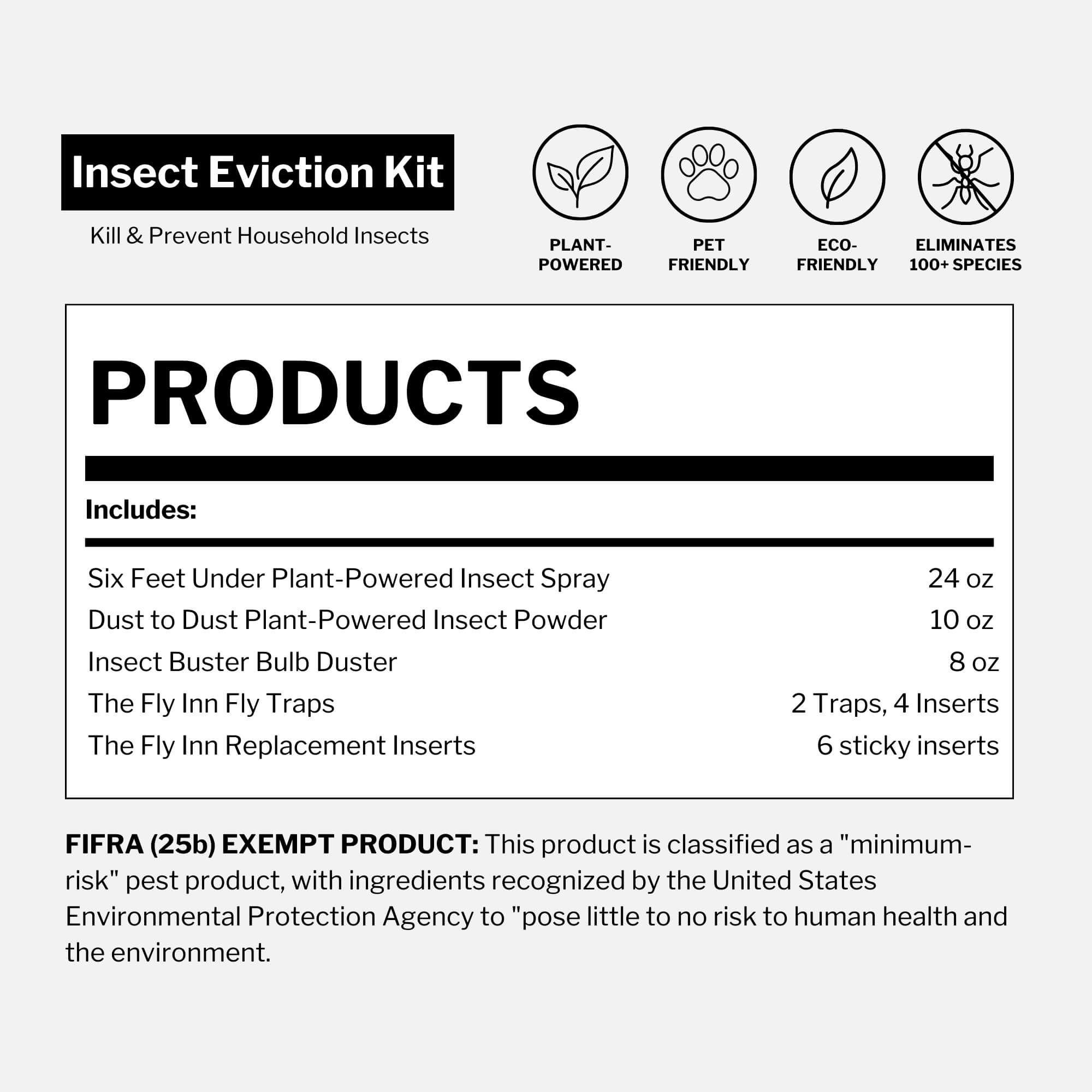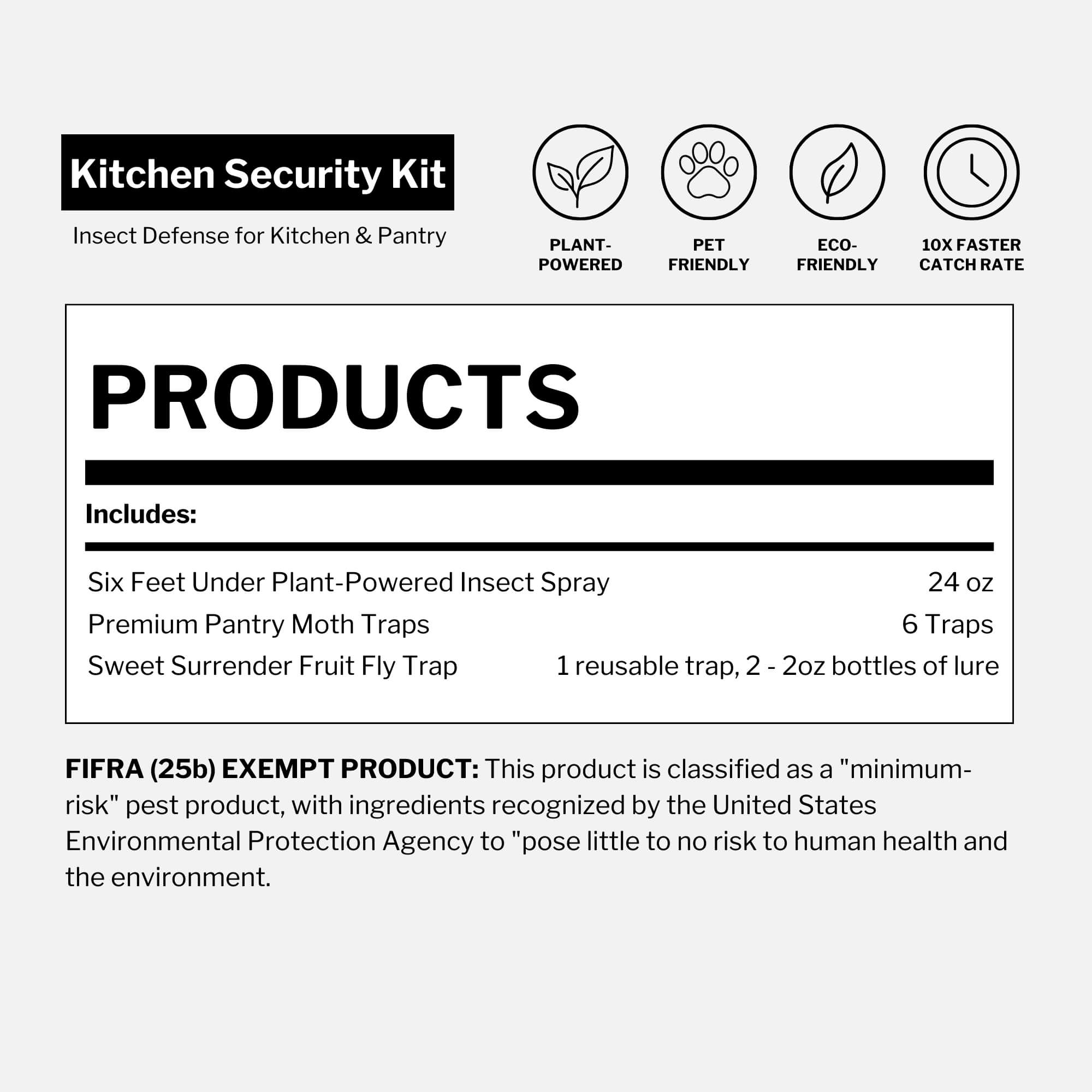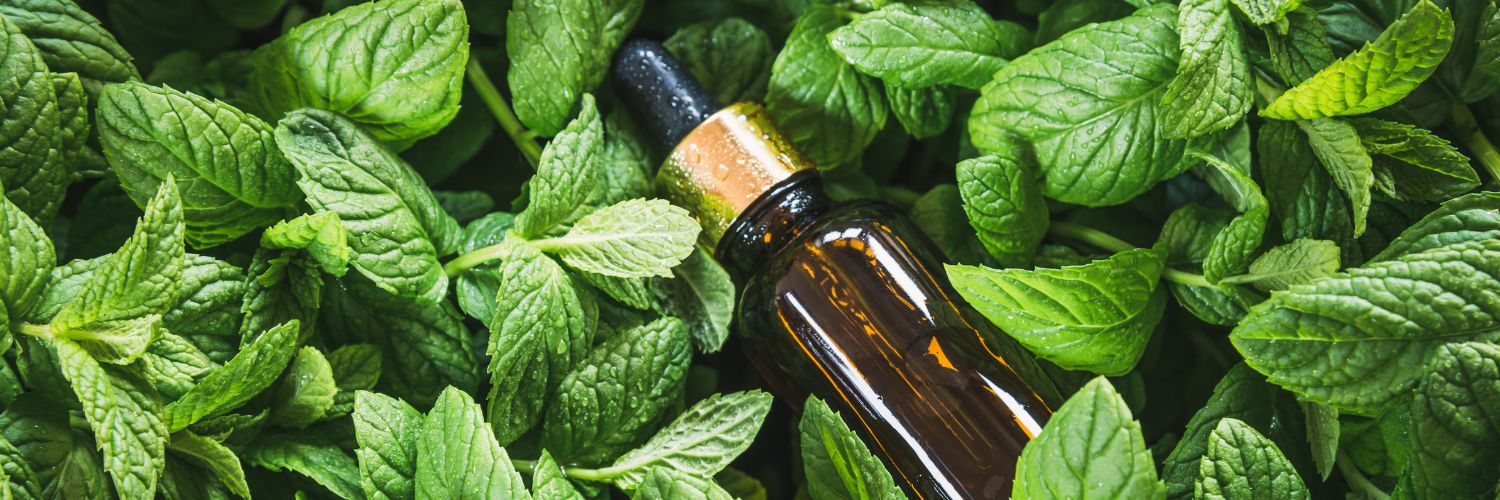Updated on May 30th, 2025
Curious about the truth behind bee and wasp stings? Today, we’ll dive into the world of these often-misunderstood creatures—exploring which bees and wasps can sting, when they sting and why. You’ll discover that not all bees sting and not all wasps sting or die after stinging.
Join me as we unravel the mysteries behind these fascinating insects. Along the way, you’ll learn how to stay safe and when to be cautious, while gaining a deeper appreciation of their roles in nature.
Do all bees sting? Unveiling the truth
Many people wonder, do all bees sting? The answer is more nuanced than a simple yes or no. While some bees—like honeybees and bumblebees—are capable of stinging, others—such as male bees (drones) and certain stingless species—cannot sting at all.
Here's a deeper look into the stinging habits of different bees:
Honeybees: The sacrificial stingers

Honeybees, essential pollinators in ecosystems and agriculture, have barbed stingers. When a honeybee stings, the stinger embeds into the skin and as it tries to fly away, the stinger—and part of its abdomen—tear off. This leads to the bee’s death. Honeybees can sting only once.
However, honeybees aren’t naturally aggressive. They sting as a last resort to protect their hive, typically when they feel a direct threat. It’s a calculated sacrifice to defend the colony.
This reluctance to sting reflects the honeybee’s priority: the survival of the hive, even at the cost of individual life. When left alone, honeybees focus on pollination and avoid conflict.
Drones: The peaceful bees without stingers
Drones, the male honeybees, are born without stingers—a trait that sets them apart from the female worker bees and the queen. Their sole purpose is to mate with the queen and they play no role in defending the hive or gathering food.

With no part in hive defense, drones pose no threat to humans. In fact, they’re one of the few bees you can encounter without worry.
Their peaceful nature highlights a fascinating aspect of bee biology: not every bee is built for protection. Drones are vital for reproduction, leaving the defense of the colony to the female worker bees.
Bumblebees: Gentle giants that can sting—and rarely do
Bumblebees, those large, fuzzy pollinators, are often mistaken for aggressive stingers. However, despite being equipped with a smooth stinger that allows them to sting multiple times, bumblebees are surprisingly gentle. They rarely resort to stinging unless they feel considerably threatened or their nest is in imminent danger.
I witnessed this gentle nature firsthand during a walk in a Manhattan park. I chanced upon a young girl, engrossed in a bed of clover—a bumblebee haven. As the bees busied themselves with pollen collection, she was delicately stroking their backs. It was a moment of awe to see how the bumblebees, undisturbed by her presence, continued their task.
Solitary bees: The stingers you’ll likely never notice
While many imagine bees living in busy hives, most bee species—including mason bees and leafcutter bees—are solitary. Unlike honeybees, solitary bees live alone and don’t form large colonies. They do have stingers, but they rarely use them.
Why? Without a hive or community to defend, solitary bees have little reason to be aggressive. Their stings are reserved for extreme threats, making them far less likely to sting humans. Instead, they focus on gathering pollen and building nests in quiet, undisturbed places.
Their low-key nature means encounters with solitary bees are uncommon and generally uneventful. So, while these bees technically can sting, they’re among the least likely to do so.
Stingless bees: The non-stingers

Not all bees sting. Some species, like those in the Meliponini tribe, are completely stingless. Found primarily in tropical regions, these bees have evolved alternative defenses—such as biting or releasing a formic acid-like substance to ward off predators.
These stingless bees form highly organized, cooperative colonies, much like honeybees, but rely on different defenses to protect their communities.
What makes stingless bees truly fascinating is how they challenge the common idea that all bees are equipped with stingers. They play a critical role in the pollination of native tropical plants—proving that a bee’s worth isn’t measured by its sting.
Do all wasps sting? Decoding wasp behavior
Not all wasps sting—though many have earned a reputation for aggression, it’s important to understand the diversity among species. Some wasps—especially solitary types—rarely sting humans. Their stings are primarily reserved for subduing prey, not for defense.
Understanding the behavior of different types of wasps is crucial in assessing the actual risk they pose.
Social wasps: The defensive stingers

Social wasps—including yellowjackets, hornets and paper wasps—are the familiar species often associated with wasp stings. Unlike honeybees, these wasps can sting multiple times because their stingers are smooth and do not detach from their bodies after stinging. This allows them to deliver repeated stings when they feel threatened.
Social wasps use their stings primarily for two purposes: defending their nest and hunting prey. When they sense a threat to their colony, they can become aggressive and are more likely to sting. Additionally, these wasps use their stings to paralyze and capture prey, which they then bring back to feed their developing larvae.
If you’ve ever wondered, “Do wasps die after they sting?”—the answer is no. Unlike honeybees, social wasps survive their stings and can continue to defend their nest or hunt for food.
Solitary wasps: The less aggressive hunters
Most wasps—including mud daubers and cicada killers—are solitary. These wasps don’t live in colonies and have no nest to defend. Instead, they use their stingers primarily to subdue prey, not to protect themselves against humans.
Because solitary wasps don’t guard a colony, they’re far less aggressive and are unlikely to sting unless directly provoked. This makes them much less of a threat around homes or gardens.
Curious about solitary wasps? They can sting—and unlike honeybees—they can sting multiple times. However, their calm nature and lack of a colony to protect mean they generally leave humans alone.
When bees and wasps are most likely to sting—and how to stay safe
In this section, we delve into specific times and circumstances when bees and wasps are more prone to stinging, helping you identify when extra caution is warranted.
Bee stings peak in late summer: Here's why and how to avoid them
Honeybees, especially during late summer and early fall, become more defensive. As their food sources decline, they guard their remaining supplies more aggressively. Extreme weather, habitat changes or human activity can also stress them, increasing the chance of stings.
If you’re near a hive during this time, give bees plenty of space and avoid sudden movements or disturbances. Respectful distance is your best defense against an unwelcome sting.
When are wasps most aggressive? Late summer signals a shift
Wasps—especially yellowjackets and hornets—become bolder and more aggressive in late summer. As their diet shifts from proteins to sugars, they’re drawn to human food sources, increasing the chances of encounters at picnics, trash bins and fruit trees.
With natural food sources dwindling, wasps become more competitive and easily provoked. To avoid stings, stay alert around outdoor eating areas and garbage bins and avoid wearing strong scents that may attract them.
How environmental stress increases bee and wasp stings
Environmental factors—like climate change, habitat loss and human disruption—can make bees and wasps feel threatened and on edge. When their natural habitats shrink or face disturbances (like construction or land clearing), they’re more likely to sting in defense. Hot, dry weather or drought conditions can also increase their stress levels and aggression.
Understanding these triggers helps you avoid risky encounters. By staying aware of high-stress periods for bees and wasps, you can protect yourself from stings and support these vital pollinators.
Safely manage bee and wasp issues with Dr. Killigan's Insect Buster

At Dr. Killigan’s, we believe pest control should always be balanced with environmental responsibility. Our Insect Buster Bulb Duster, when paired with food-grade diatomaceous earth, offers a natural and targeted way to address bees or wasps that pose a direct threat to your living space.
Designed for precision, the Insect Buster delivers DE exactly where it’s needed—minimizing impact on surrounding wildlife and habitats. While some explore alternative approaches to diatomaceous earth for managing wasps, our Bulb Duster remains a reliable, chemical-free option for those seeking effective, eco-conscious control.
For detailed guidance on using this natural solution, check out:
At Dr. Killigan’s, we’re committed to offering pest management solutions that prioritize your health and the planet’s well-being. Our products empower you to manage pests effectively while supporting the natural world.
Choose Dr. Killigan’s for a thoughtful, natural approach to managing bee and wasp issues responsibly.





